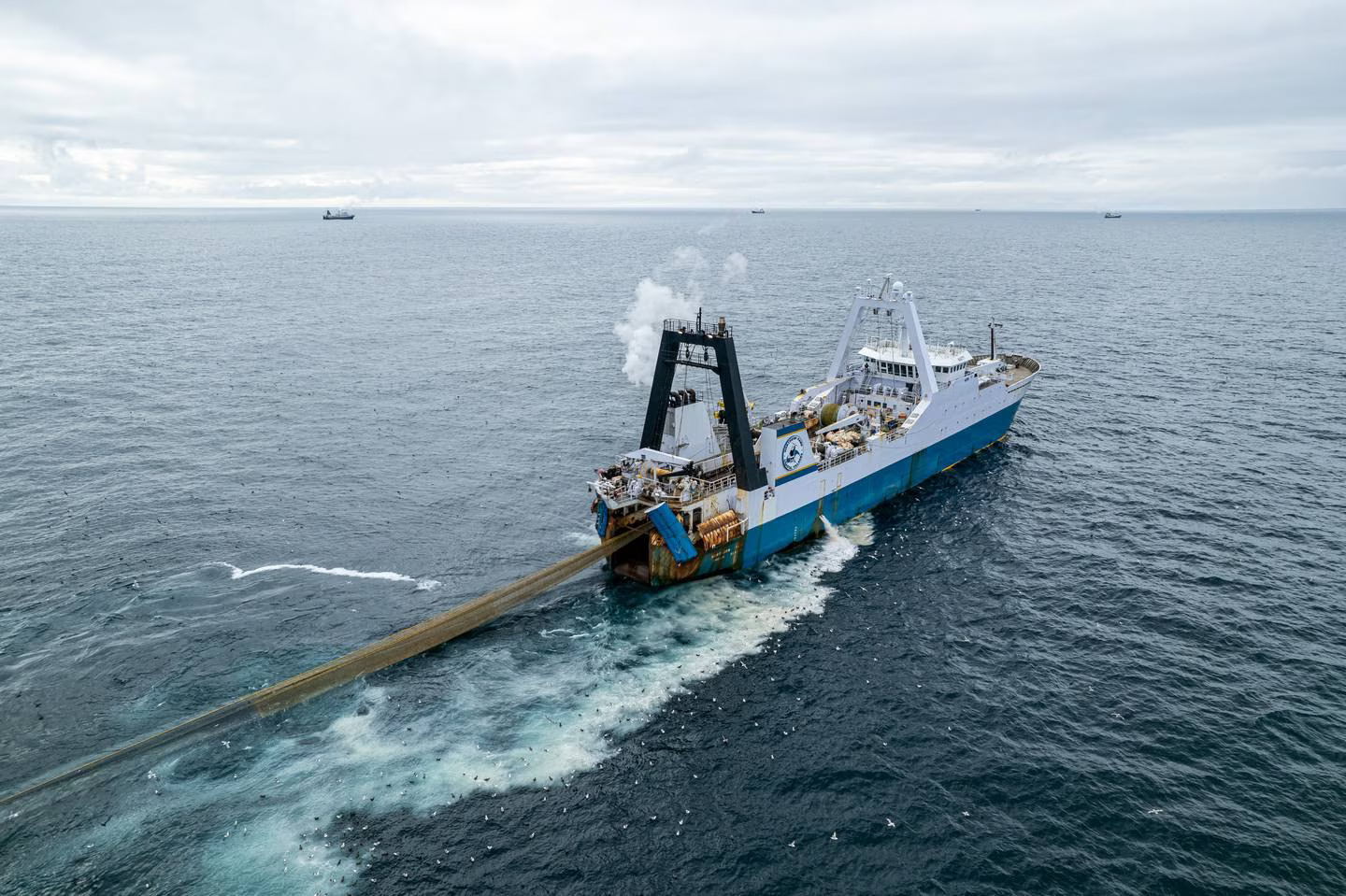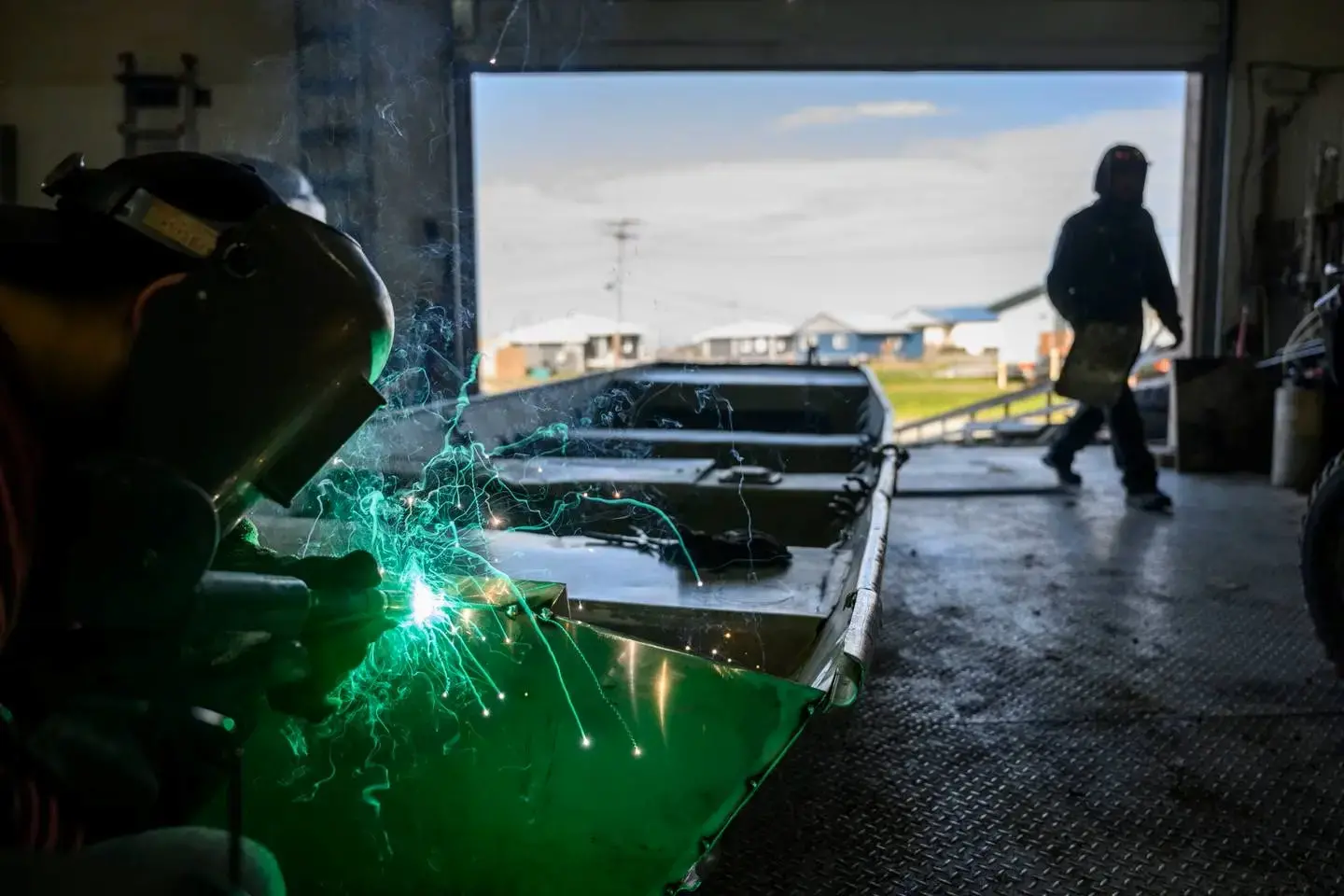
Amid declining salmon runs, Coastal Villages Region Fund has shifted away from subsidizing village-based seafood processing, a move that some in the Kuskokwim region support and others criticize.
QUINHAGAK, Alaska—Michael Cleveland’s job is resuscitating the equipment essential to village life.
On a morning in late summer, inside a modest engine repair shop, Cleveland was juggling jobs fixing the transom of an aluminum skiff and stripping a four-wheeler down to the guts.
Mechanics here fix snowmachines, boat motors, the occasional car, dirt bikes and anything else with an engine. In a part of Alaska without roads, these are the vehicles vital to everyday life — getting to the airstrip, going hunting and fishing, traveling to other communities across the flat terrain of the Kuskokwim Delta.
Cleveland, 33, grew up in this predominantly Yup’ik part of Southwest Alaska and has been employed at the shop for around two years.
“For me, I’m learning while I’m working,” he said.
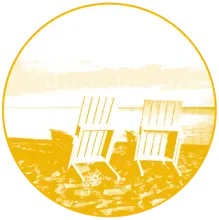
As a nonprofit journalism organization, we depend on your support to fund our nationwide Connected Coastlines climate reporting. Donate any amount today to become a Pulitzer Center Champion and receive exclusive benefits!
His wages are paid by the Coastal Villages Region Fund, one of six nonprofit groups vested by the federal government with harvest rights to pollock, crab and other major seafood stocks in the Bering Sea. All six are charged with using their seafood earnings to improve the lives of the 26,000 people residing in the 65 rural communities they represent.
Coastal Villages used to pursue that mission in large part by operating smaller commercial fisheries for salmon and halibut. Each year, the fishing season was an opportunity to earn wages at the group’s processing facilities or for local fishermen to earn cash selling their catch — an economic lifeline for many families in one of the state’s poorest regions.
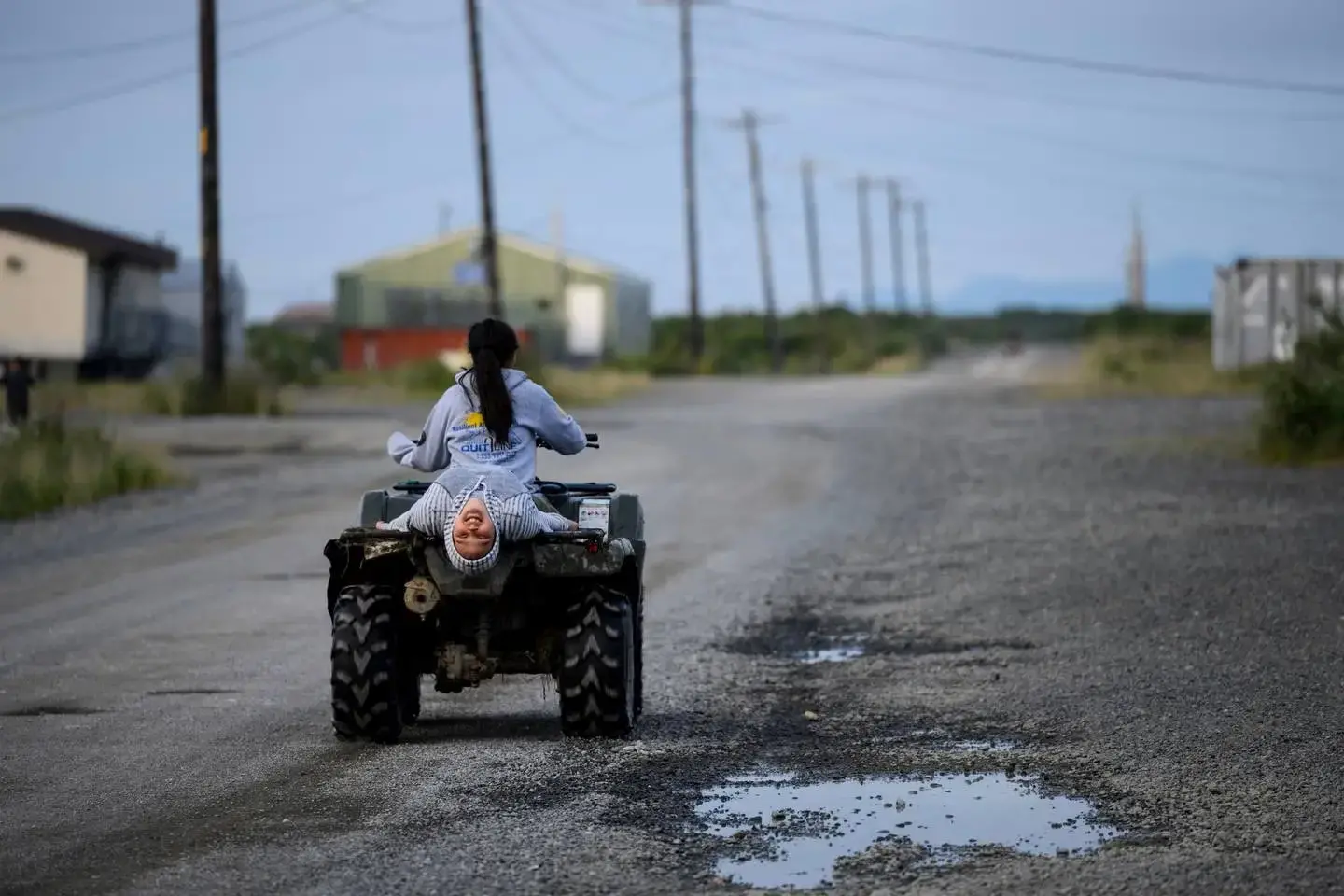
Coastal Villages, like the five other CDQ groups, is structured as a nonprofit with a community development mission. But it includes muscular for-profit subsidiaries ranging from a Honda dealership in Homer to companies that run longline crab and pollock vessels. Among Coastal Villages’ major investments was $32.4 million spent on a large processing plant in the community of Platinum. But even with hefty annual subsidies, sustaining local commercial fisheries in Western Alaska has often been difficult.
Salmon are at the heart of the region’s economy and culture, and for years the number of salmon returning to rivers in the Yukon-Kuskokwim Delta was in decline. With fewer and fewer chances to catch fish, debates intensified over whether priority should go to subsistence or commercial needs.
Among the communities served by Coastal Villages, there was also controversy over who had — and had not — benefited from the millions of dollars the organization was spending to prop up the local commercial sector.
All of this led Coastal Villages’ executives, and the board of directors drawn from each of the 20 member communities, to shift their reinvestment strategy, which last year totaled around $12.5 million. Increasingly, their spending in the region goes to a range of programs underwriting the high costs of village life.
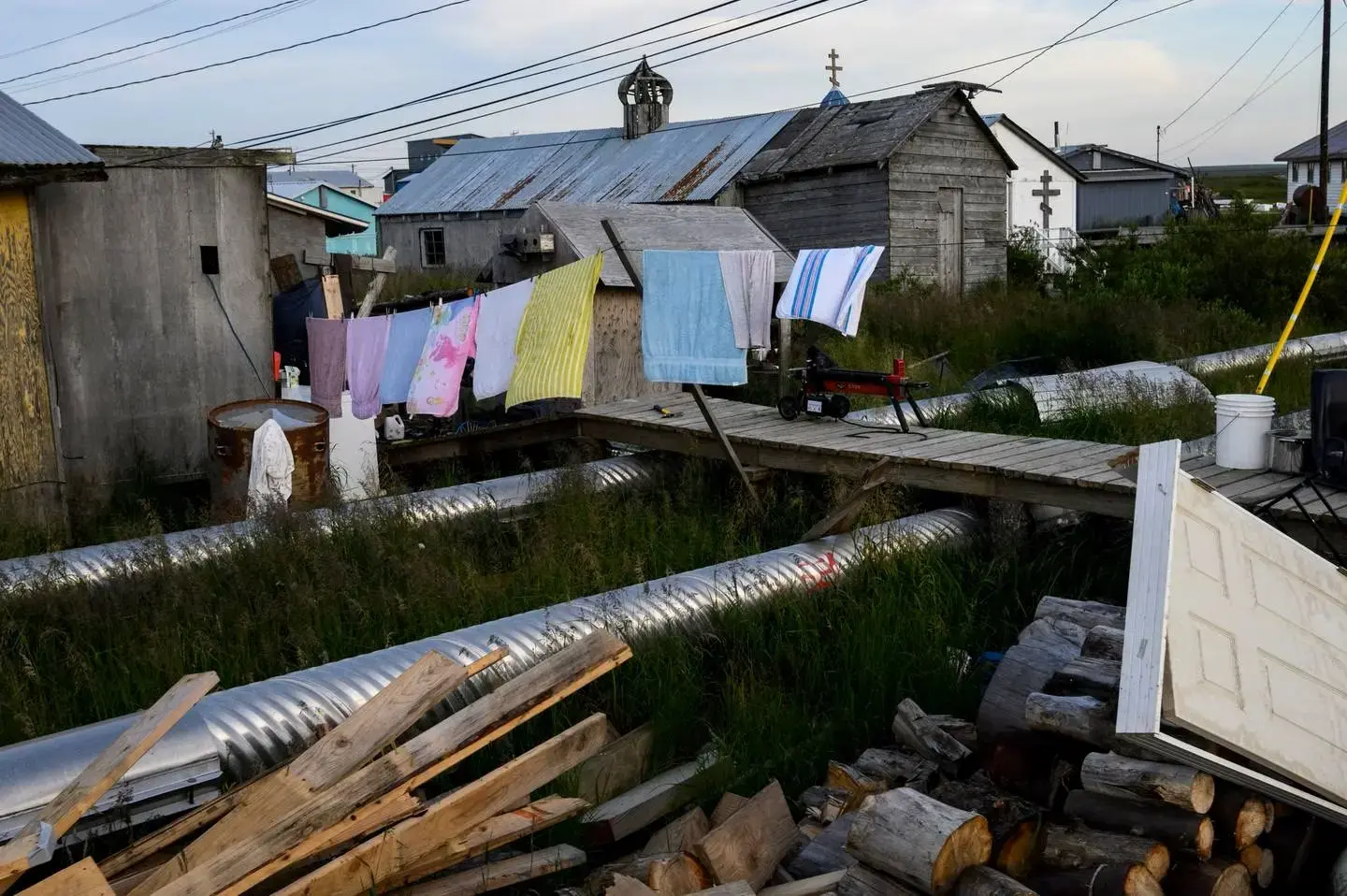
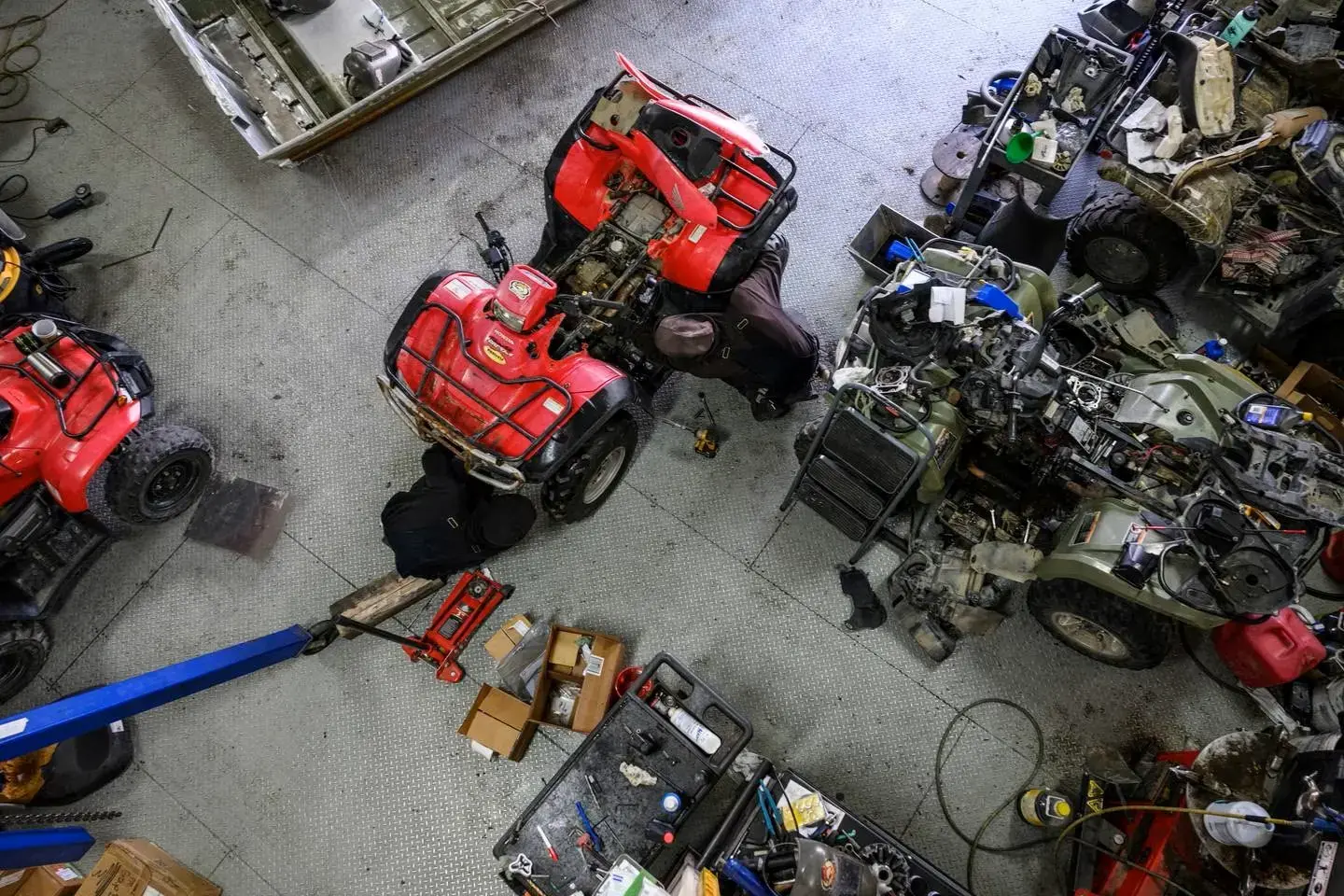
The nonprofit built mechanic-welder shops in Quinhagak and 17 other communities, and pays for staff to run them. A program named “People Propel” that was initially launched to help finance fishing gear has broadened to cover 30% of the cost of buying big-ticket subsistence equipment like snowmachines, four-wheelers and even home appliances. The group touts that the $16 million it put into the initiative in the last decade has leveraged the purchase of $48.6 million worth of machinery, according to its latest annual report.
The organization also has increased grants to cash-strapped local governments for projects that are hard to find funding for. In Quinhagak, that support helped the local government pay for repairing grave markers in a cemetery and upgrading a church boiler system.
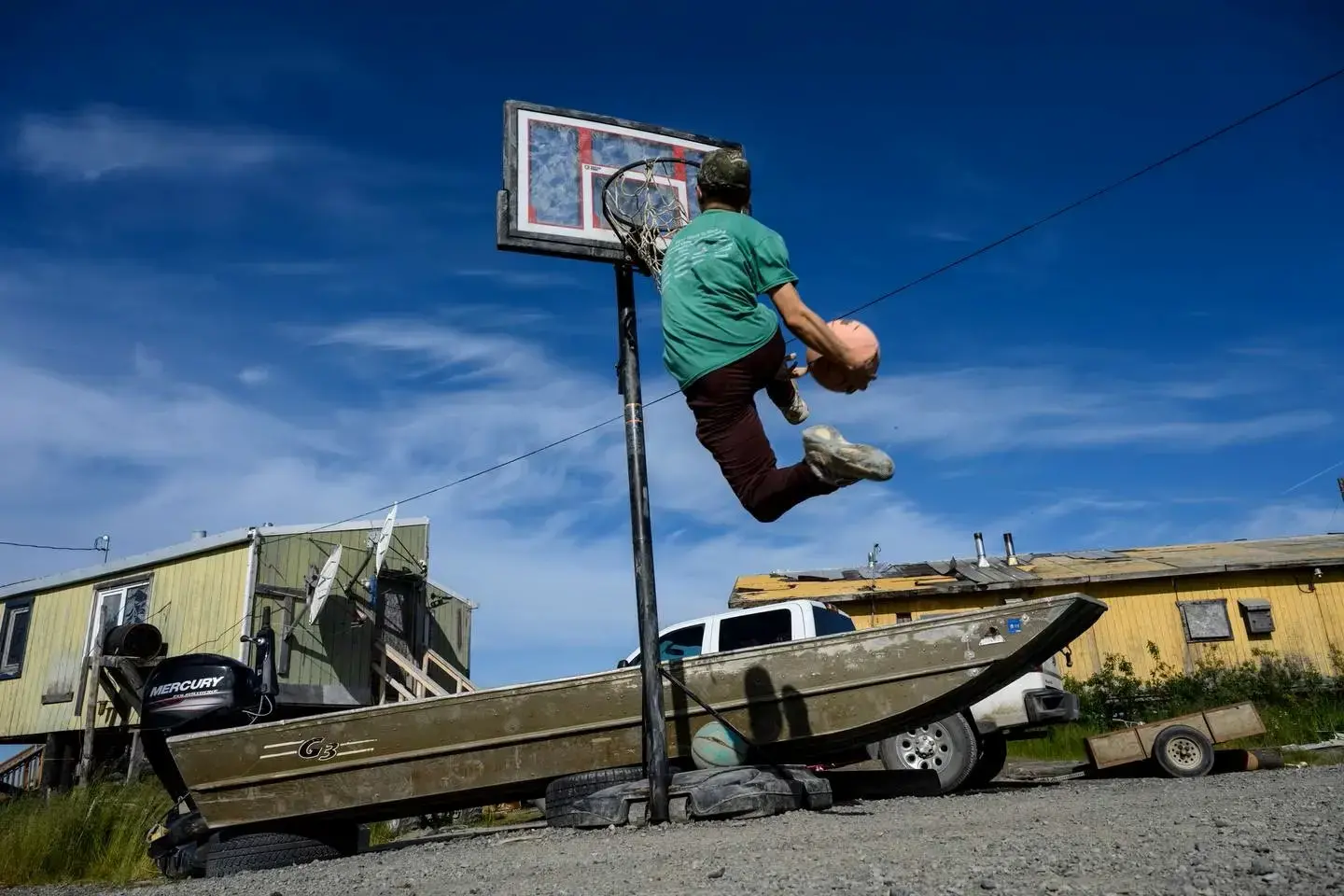
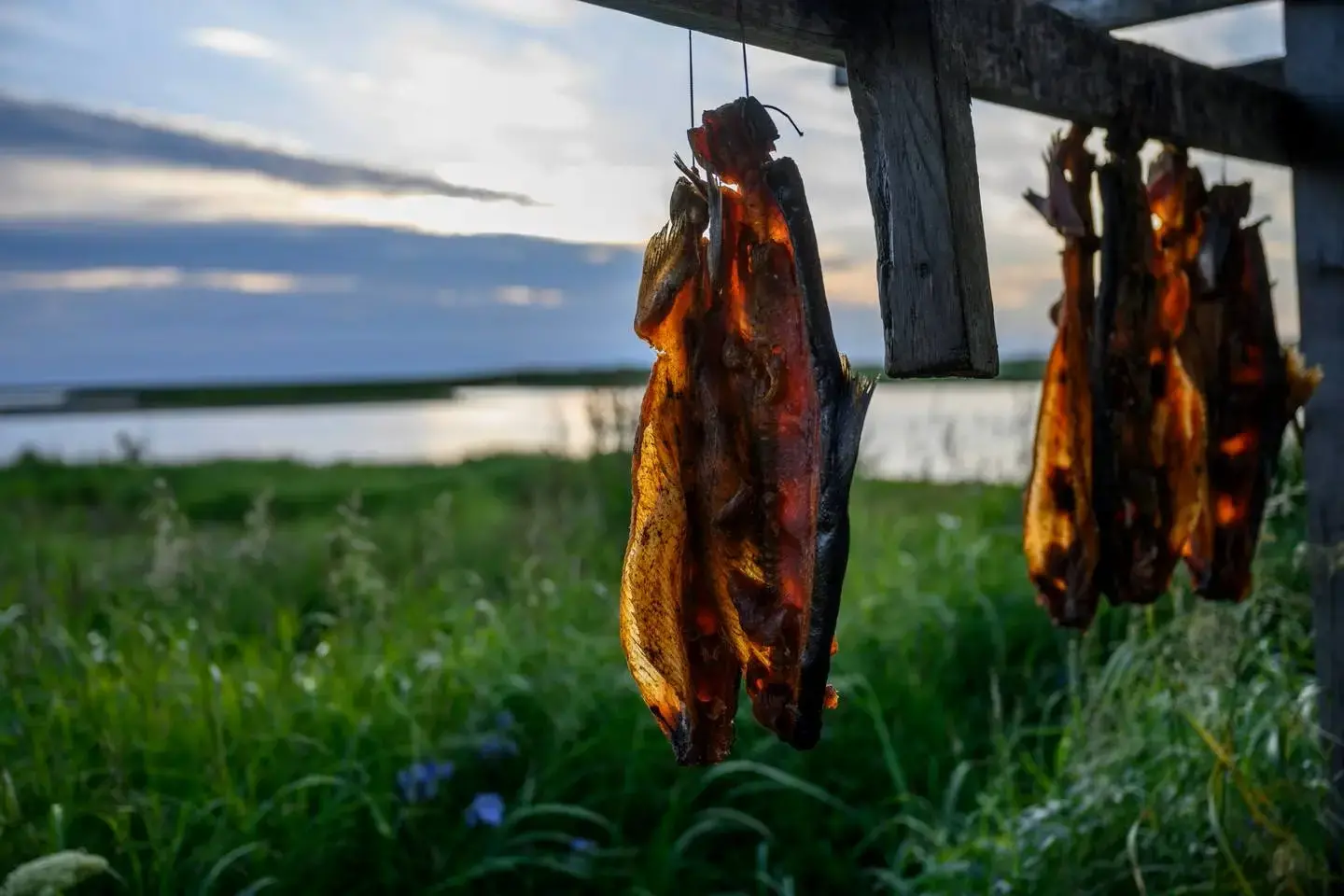
“I think a big thing … was how do we distribute benefits more equally,” said Eric Deakin, Coastal Villages’ chief executive. “Our own residents, whom we are supposed to be serving, some want the (commercial fisheries) program, others do not.”
Since the CDQ program was launched three decades ago, all six of the companies have wrestled with how best to reinvest the profits of their Bering Sea harvests back into their member communities.
Amid cuts to services in state spending, the Aleutian Pribilof Island Community Development Association’s board began pulling back much of its financial support for fish processing in 2017 and has since focused more on helping pay for essential services with dividends and community grants.
“We decided to sell our salmon plant to a partner who could keep the operation sustainable, which freed up our resources to build the new benefit programs our communities needed,” said Luke Fanning, the group’s chief executive officer.
Other CDQ groups, though, have remained committed to subsidizing local fisheries.
Norton Sound Economic Development Corp., which represents Nome and 14 surrounding communities, runs commercial processing operations for salmon, as well as halibut, cod and a lucrative opening for red king crab in 2022.
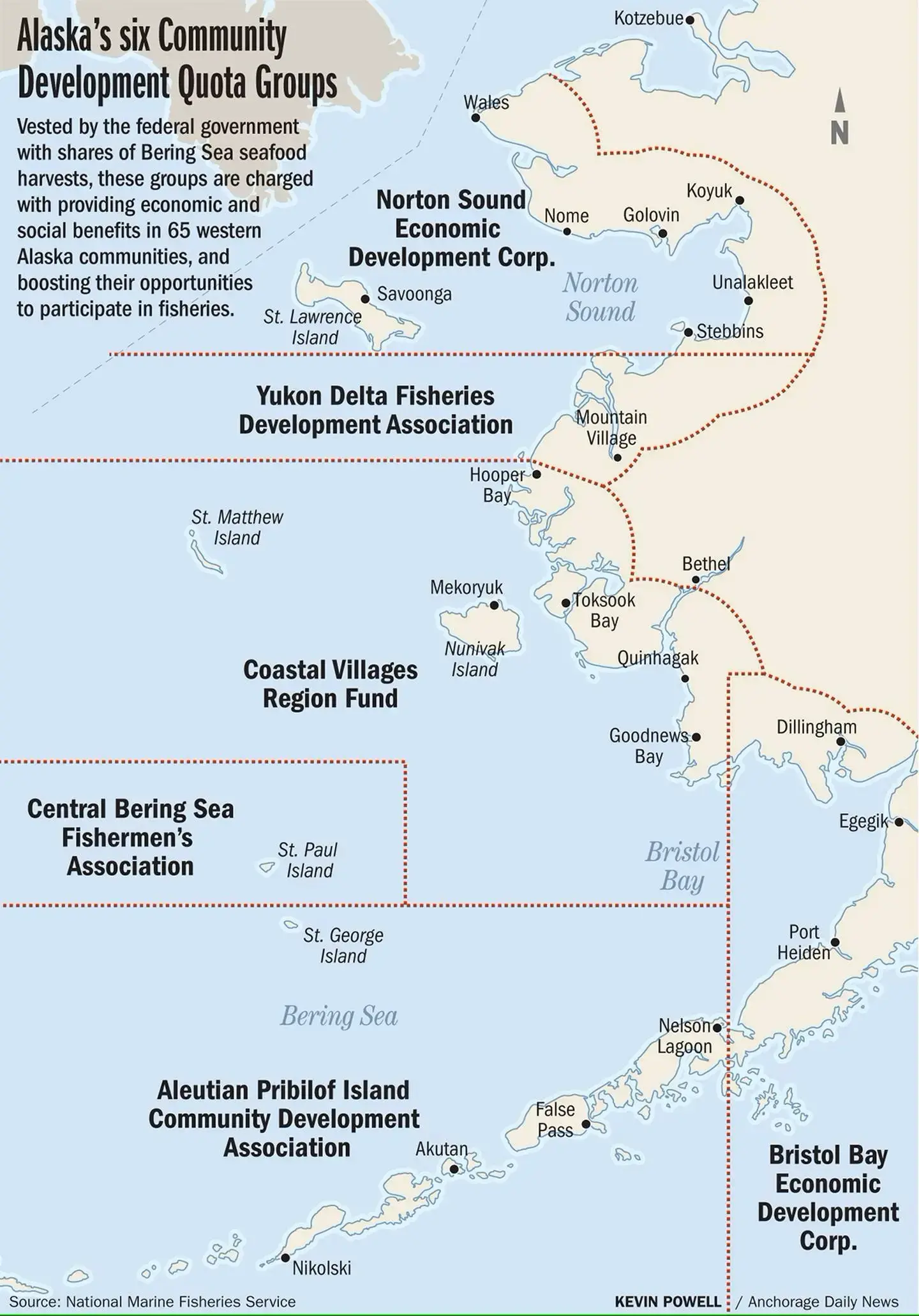
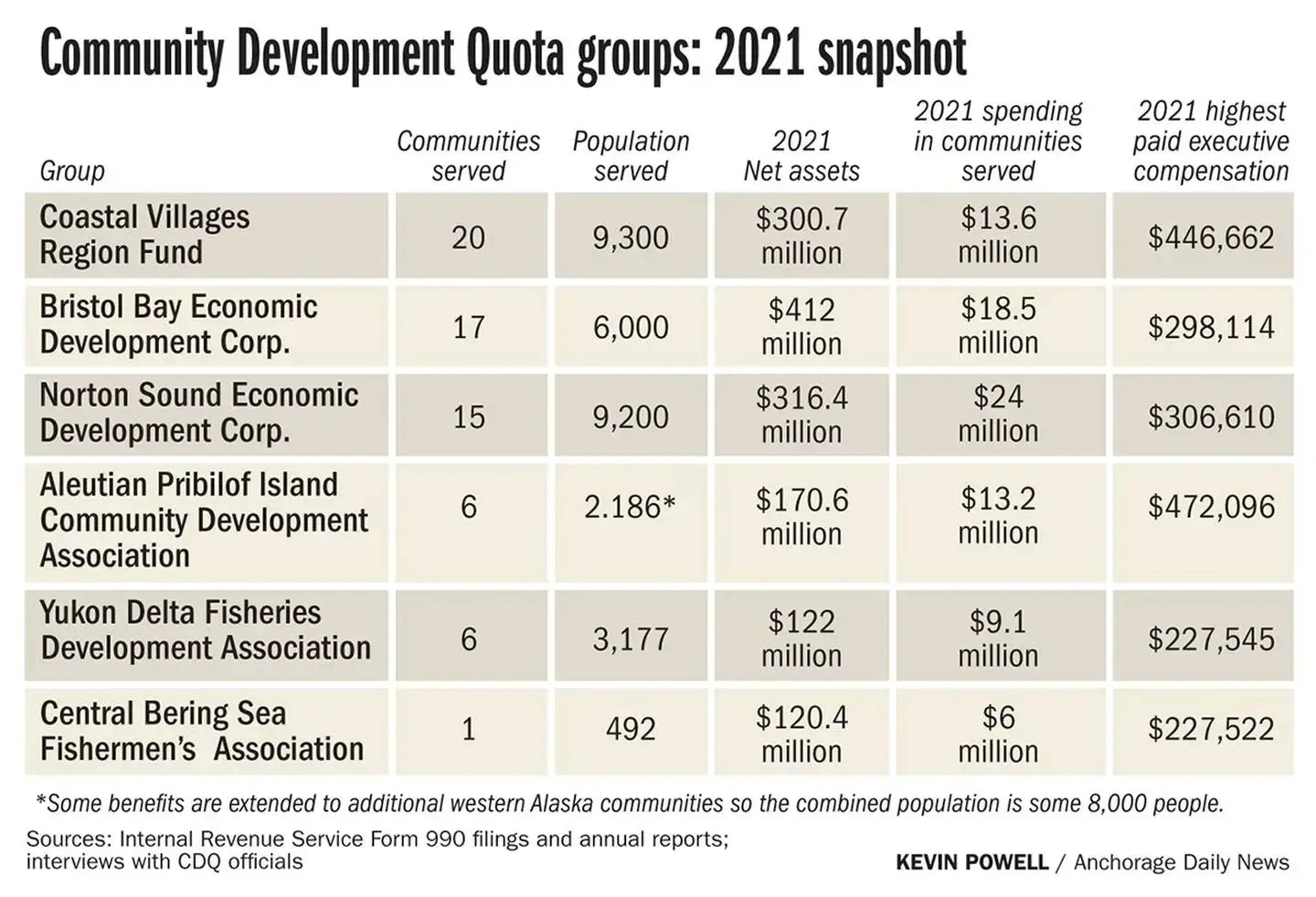
Declining salmon runs over the last several years forced another CDQ group, the Yukon Delta Fisheries Development Association, to idle its large processing plant in Emmonak, long a vital organ for converting small-boat commercial harvests into cash pumped throughout Lower Yukon communities. But the organization’s leaders hope to reopen the plant when runs improve and are exploring how to develop a new cod fishery.
“Our program takes Bering Sea monies and uses it to improve the lives of folks in our region. And it’s been our experience that the best way to do that is to develop our fisheries,” said Ragnar Alstrom, executive director of the Yukon Delta association, which represents six communities.
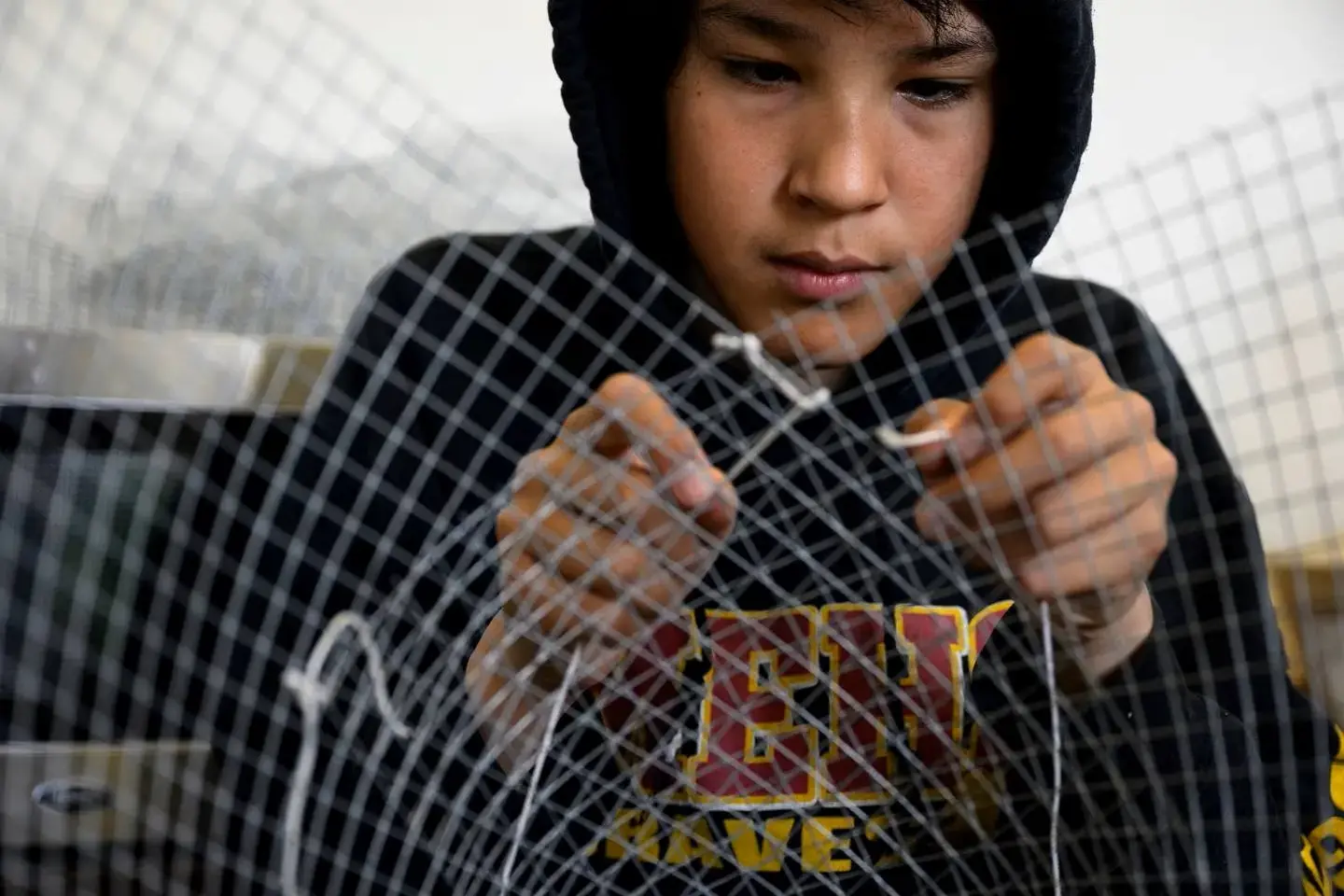
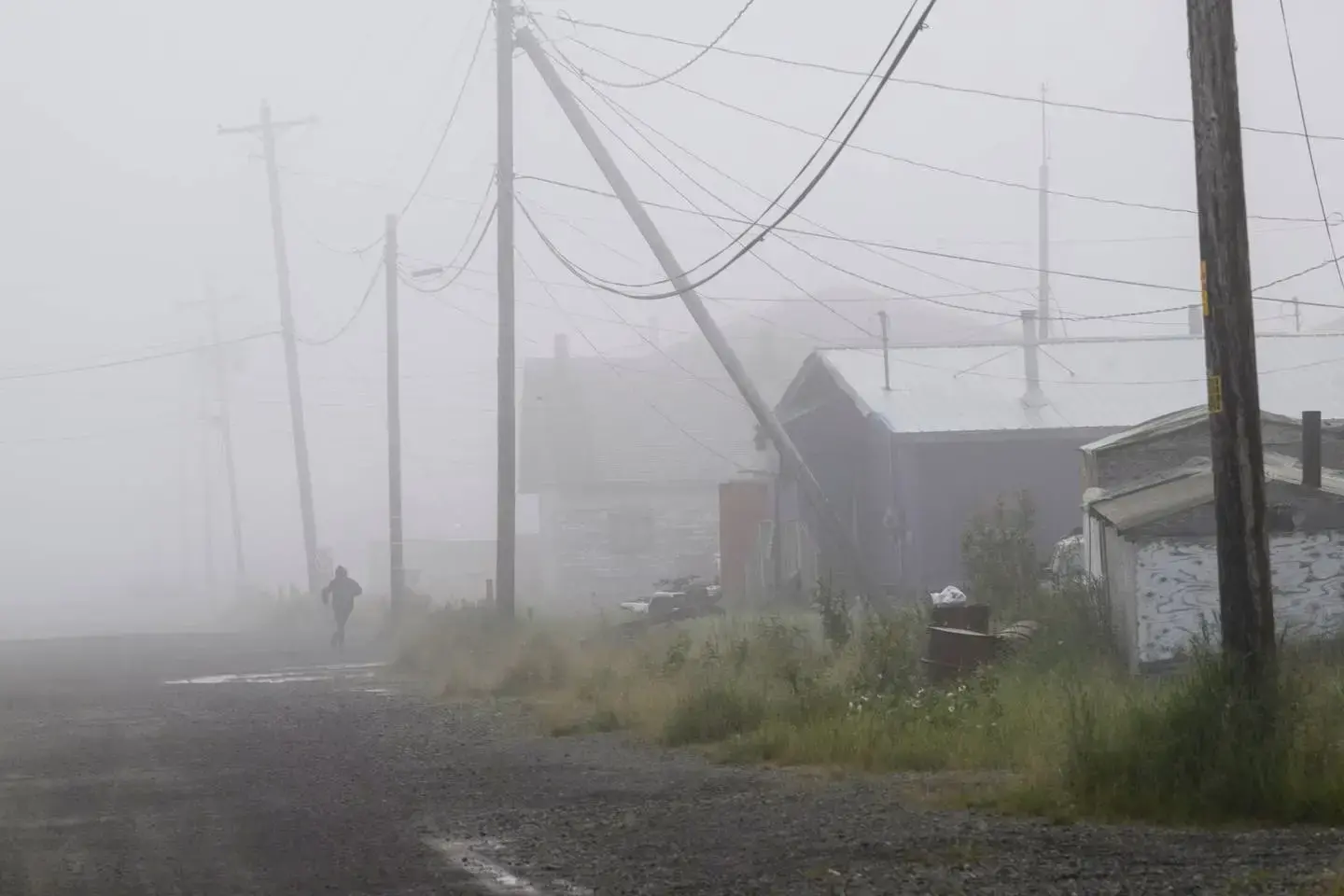
Fishing and employment remain goals for Coastal Villages. Its website is filled with examples of programs designed to guide young people toward training and opportunities in the fishing industry.
Some residents, though, believe this emphasis has strayed from the nonprofit’s original mission, and say the organization was too quick to withdraw support for seafood buying and processing. Among the critics is Warren Jones, who once managed a now-shuttered salmon plant in Quinhagak set up by a Coastal Villages subsidiary.
He pointed out the mechanic-welder shop in Quinhagak is named in honor of Wassillie Bavilla, an elder who served on the Coastal Villages Region Fund board and coined the organization’s motto: “Work. Fish. Hope.”
“Right now, there’s no work, there’s no fish, and people are getting hopeless,” said Jones, who now heads Qanirtuuq, Quinhagak’s village corporation.
But opinions on Coastal Villages’ revamped spending strategy run the gamut, and in Quinhagak it’s not hard to find supporters with examples of programs that have had meaningful benefits.
They include the town’s mayor, Jerilyn Kelly, whose family has used People Propel to help buy outboard motors and a washer-dryer.
“We’re Indigenous. We’re subsistence people. And there’s little economy here,” Kelly said in her office at the city building before boating off to pick salmonberries.
“The Propel program, if it didn’t exist, a lot of our families here wouldn’t be subsisting. They wouldn’t have a boat and motor, they wouldn’t have an ATV, they wouldn’t have the means to fill their freezers,” Kelly said.
‘Pollock provides’
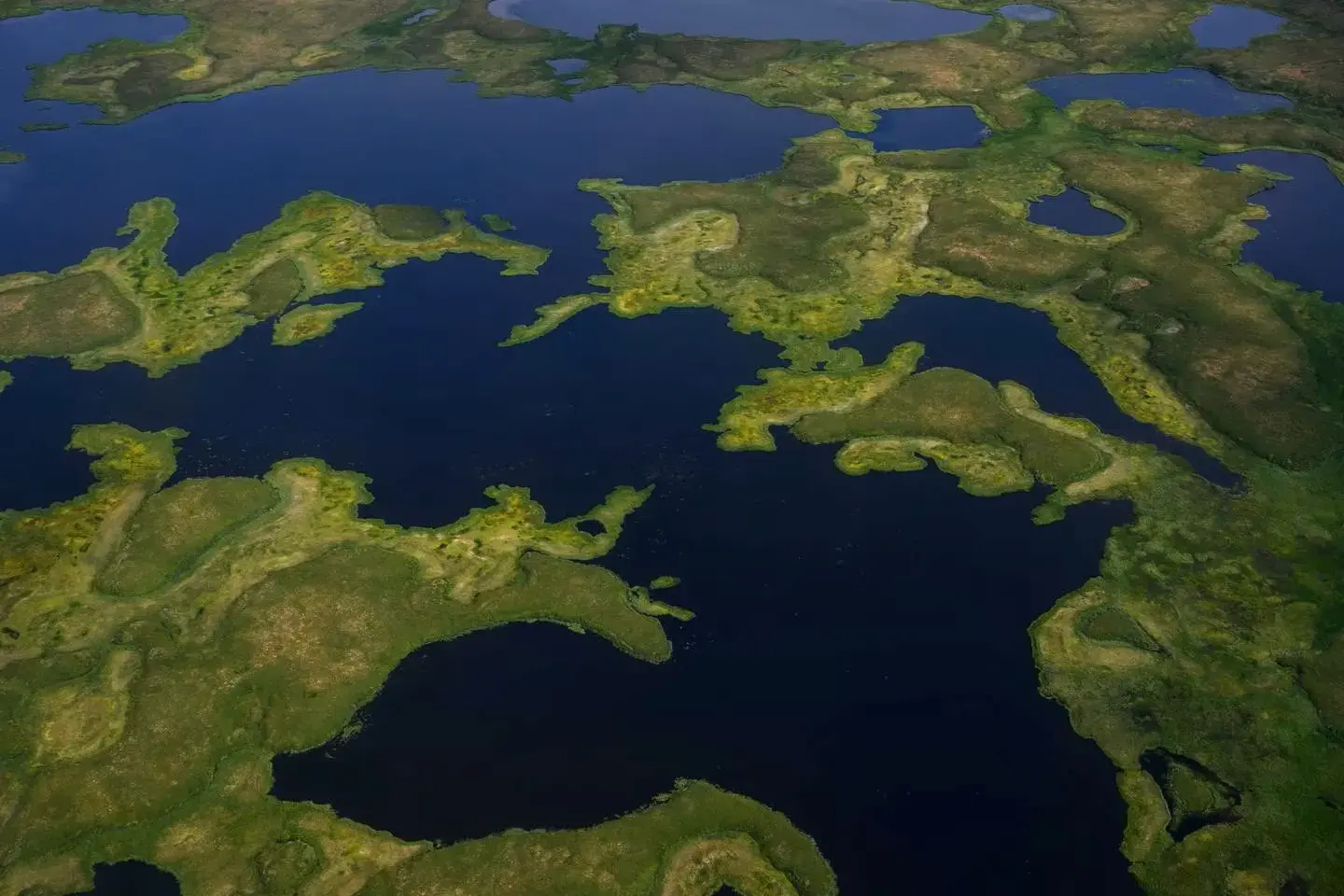
Most of Coastal Villages’ earnings come from trawling for pollock in the Bering Sea, harvests that take place hundreds of miles west of where the Kuskokwim River meets the sea. With salmon getting scarcer in Western Alaska rivers, these industrial harvests are an increasing cause of concern, in part because of the chum and chinook incidentally taken in the process.
As a method of pulling fish from the water, factory trawling bears almost no resemblance to the intense, opportunistic bouts of labor plucking salmon from gillnets in rivers within boating distance of people’s homes. For decades, that’s what people in the Kuskokwim Delta have meant when they spoke of “commercial fishing.”
On vessels like Coastal Villages’ Northern Hawk, a fishing job might mean weeks of 12- or 16-hour shifts standing on your feet in a loud, windowless floating factory feeding pollock into filleting machines. Despite periodic recruitment efforts, few residents of the region have opted to make a career in the pollock fleet.
For years, though, pollock is what paid the enterprise’s bills and returned profits to shore in the form of free heating fuel, equipment subsidies, scholarships and swag. That interdependence is reiterated often. All over the region, emblazoned on jackets, T-shirts, baseball caps and building signage is the slogan “Pollock Provides.”
The organization also used to tout the results of spending this money to maintain its local in-shore fisheries.
By 2011, Coastal Villages’ investments included the Platinum plant, along with several small halibut-processing operations. That year, they paid $2.5 million to fishermen for salmon, $1.5 million for halibut, and just under $1.3 million to 317 employees processing fish, according to the Coastal Villages annual report. All together, more than 1,000 of the region’s 9,300 residents received cash from Coastal Villages in 2011.
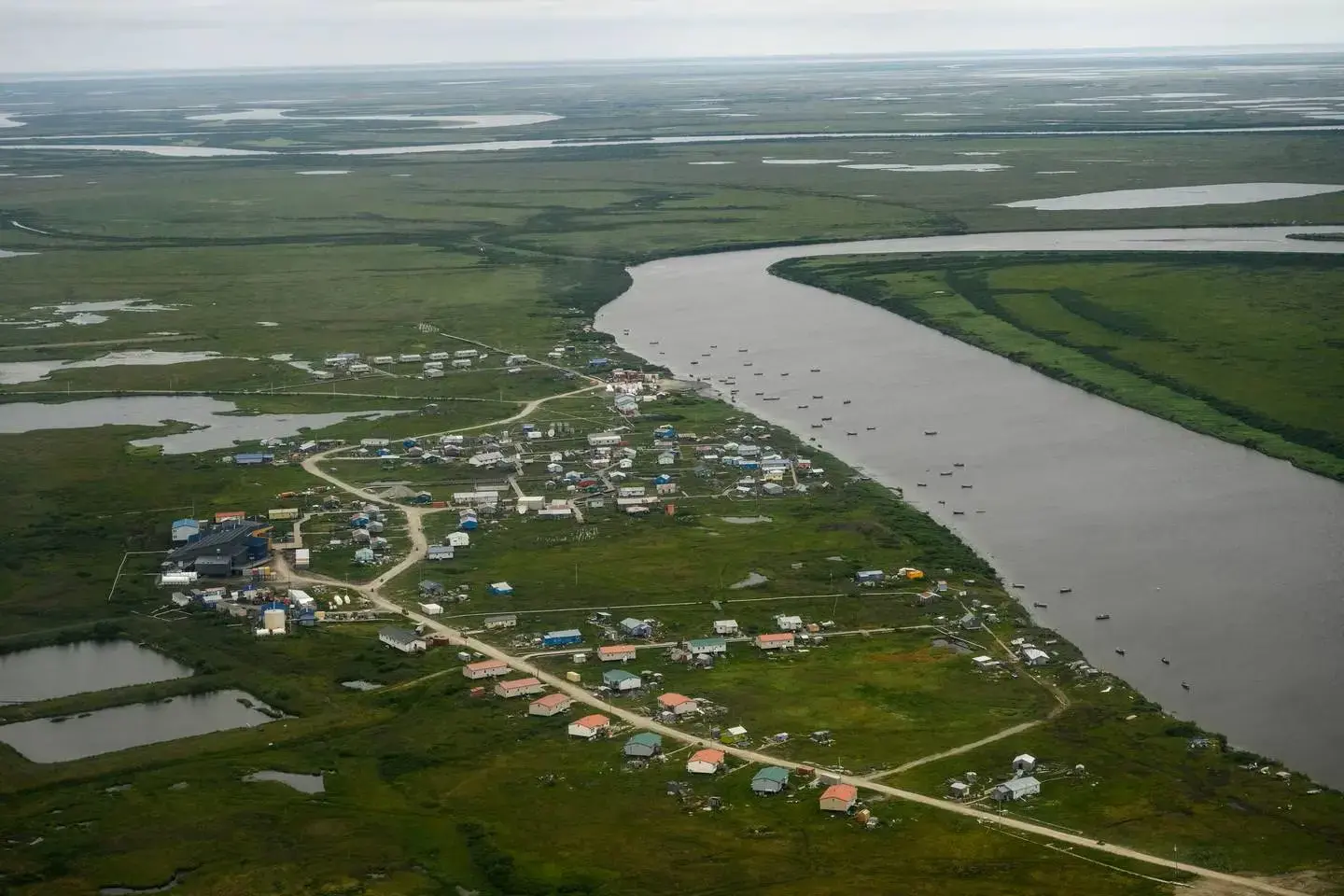
The money earned from salmon was also important to Eek, a village of some 400 residents a dozen miles inland from where the Kuskokwim River empties into the Bering Sea. It is a boardwalk town, with a warren of wooden ramps and bridge walkways crisscrossing spongy tundra.
“Everybody — everybody — was fishing, including myself,” said Seth Heakin, manager of the town’s lone store, who took time off each summer to hit salmon runs because he could earn as much in one opening as he’d bring home in an entire paycheck. “It was a huge impact to everyone.”
But in 2015, with runs in a steady decline, the commercial salmon harvests dropped well below the decade-long average. The weak returns exacerbated difficulties in providing for commercial harvests without limiting subsistence fishing. With fewer fish entering the rivers, the interests of commercial and subsistence users were increasingly at odds. And that made Coastal Villages’ board members — all of whom live in the communities they represent — wary of advocating for policies to keep processing plants operating at the expense of families being able to put up food to eat.
Board members say they also grappled with how to manage the losses that came with running the salmon-buying operation. By 2016, Coastal Villages Seafoods saw a $6 million to $7 million deficit every year.
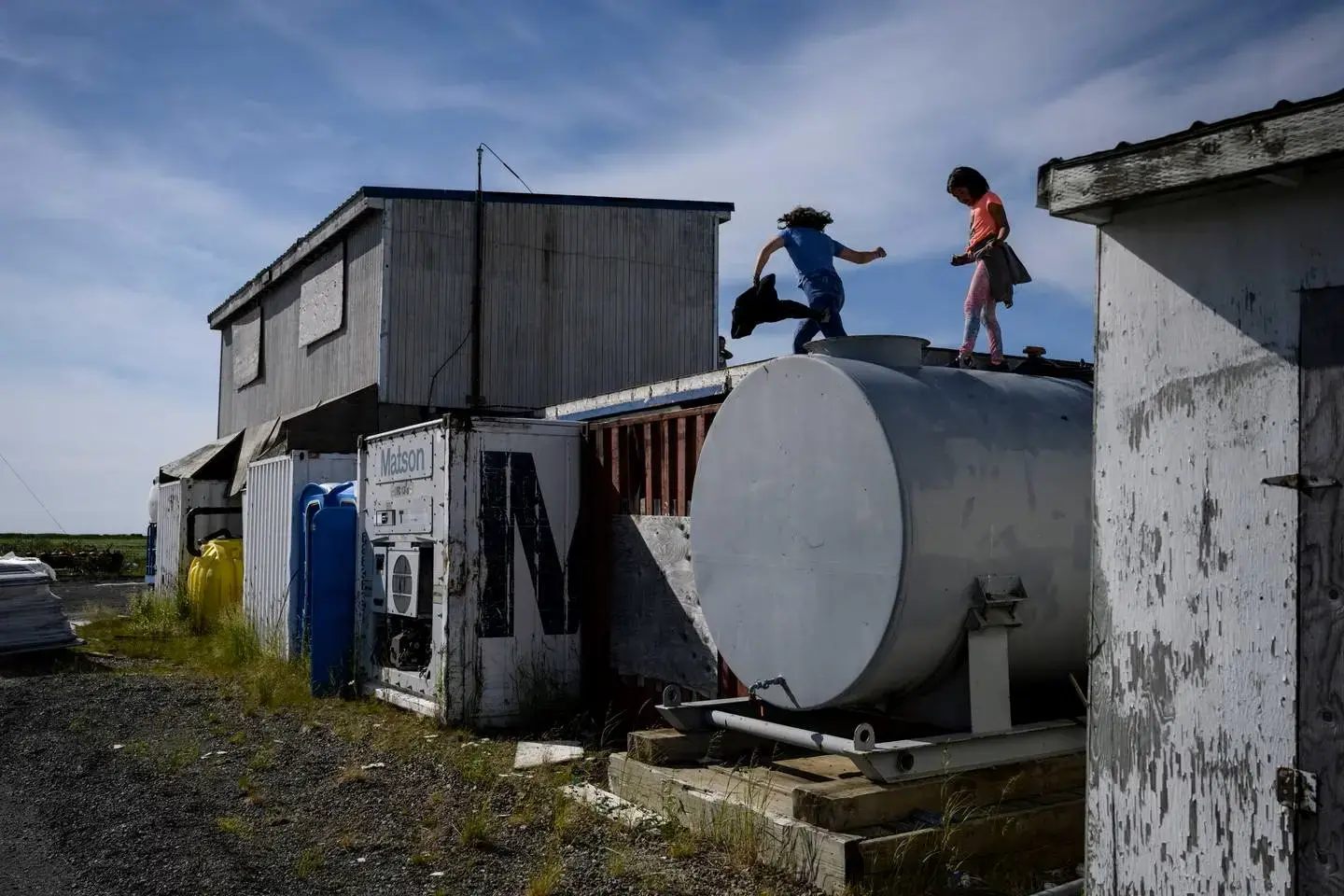
Some board members argued that Coastal Villages should be spreading the Bering Sea wealth as widely as possible among all 20 communities, and that could not happen so long as the near-shore fish buying and processing remained central to the organization’s reinvestment strategy.
“Seven communities made money. … So the other 13 were basically getting scraps in terms of benefits,” said Larson Hunter, who chairs Coastal Villages’ board and lives in Scammon Bay, one of the communities farthest from the major salmon stocks and processing plants.
That viewpoint was eventually adopted by the entity’s board, which in 2015 published an annual report differing starkly from messages put forth in years past.
“The benefits of the CVS program have been unavoidably concentrated in a relatively small number of communities. Only some villages, and only a small subset of the region’s residents, have benefited from the CVS program,” the report said.
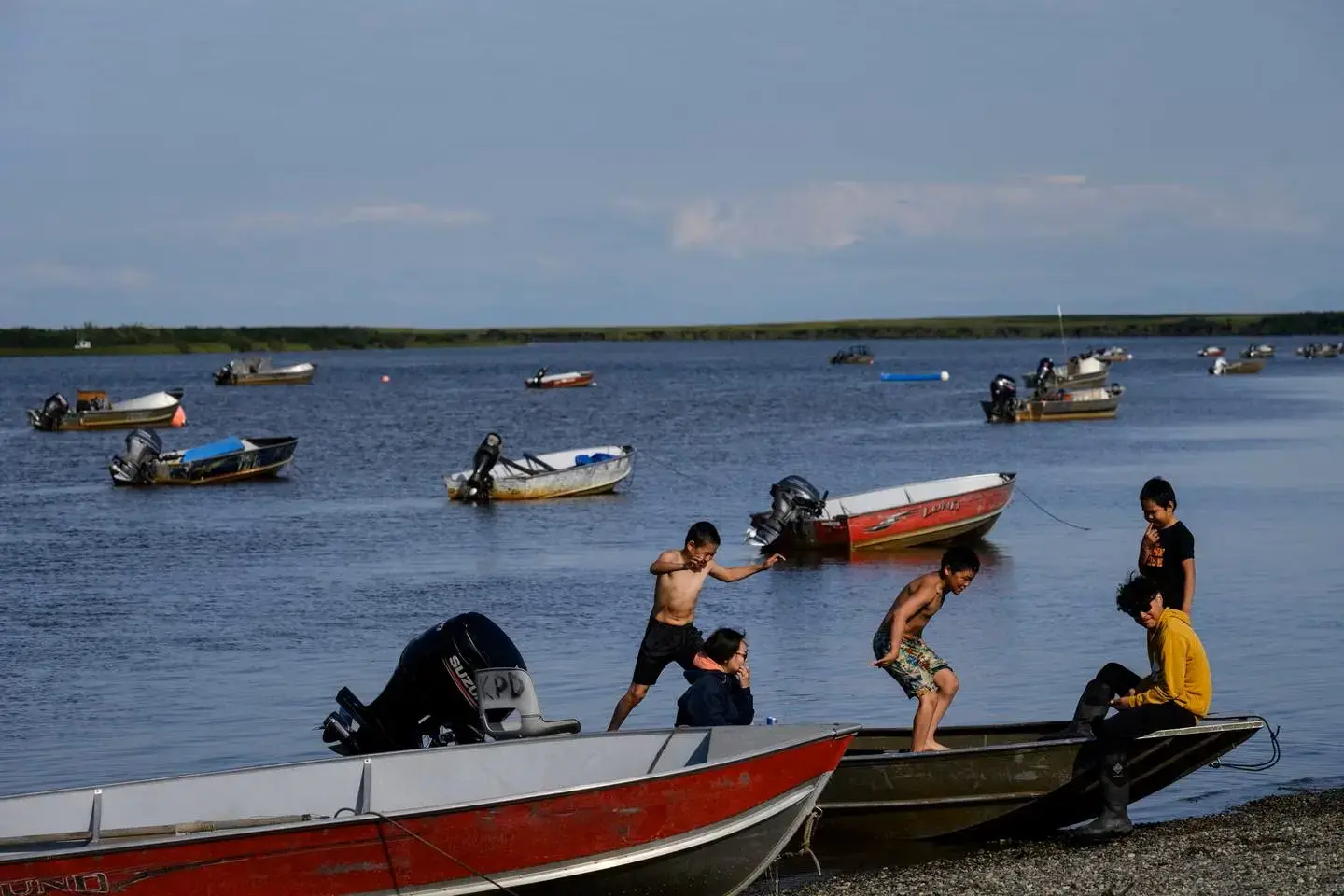
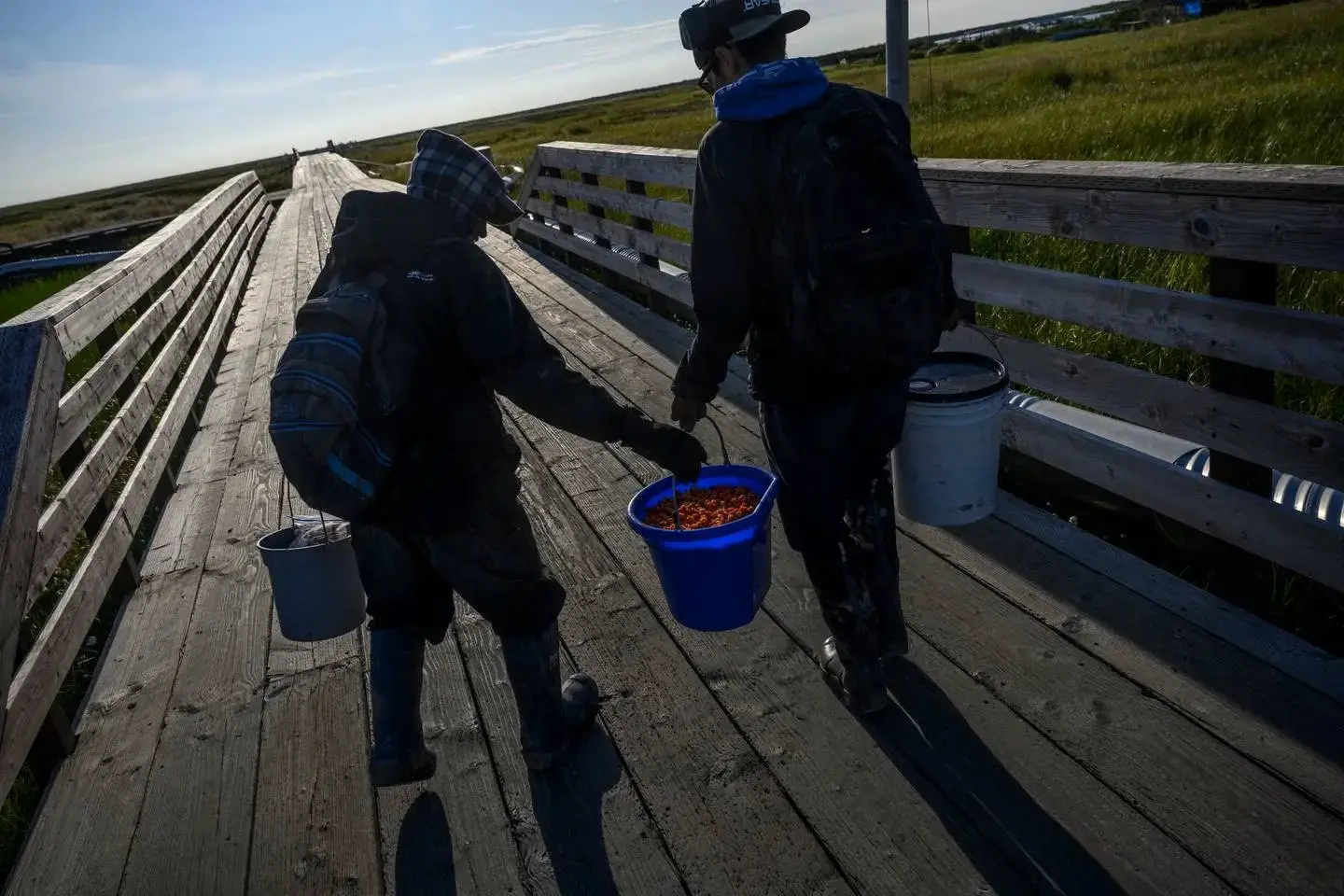
Then, in 2016, came a big move.
Coastal Villages announced the closure of the Platinum plant first opened in 2009. The handful of small halibut plants scattered across the region would cease operations as well.
The organization faced a torrent of angry complaints from commercial fishers. The nonprofit also drew more scrutiny of the salaries paid to top executives, including then-CEO Morgen Crow, who in 2015 made $846,261 in compensation.
“It was a really hard decision for our board to make, because most of the board members made money off of that (commercial harvest) themselves. They fished,” said Richard Jung, who served as the board chair that year.
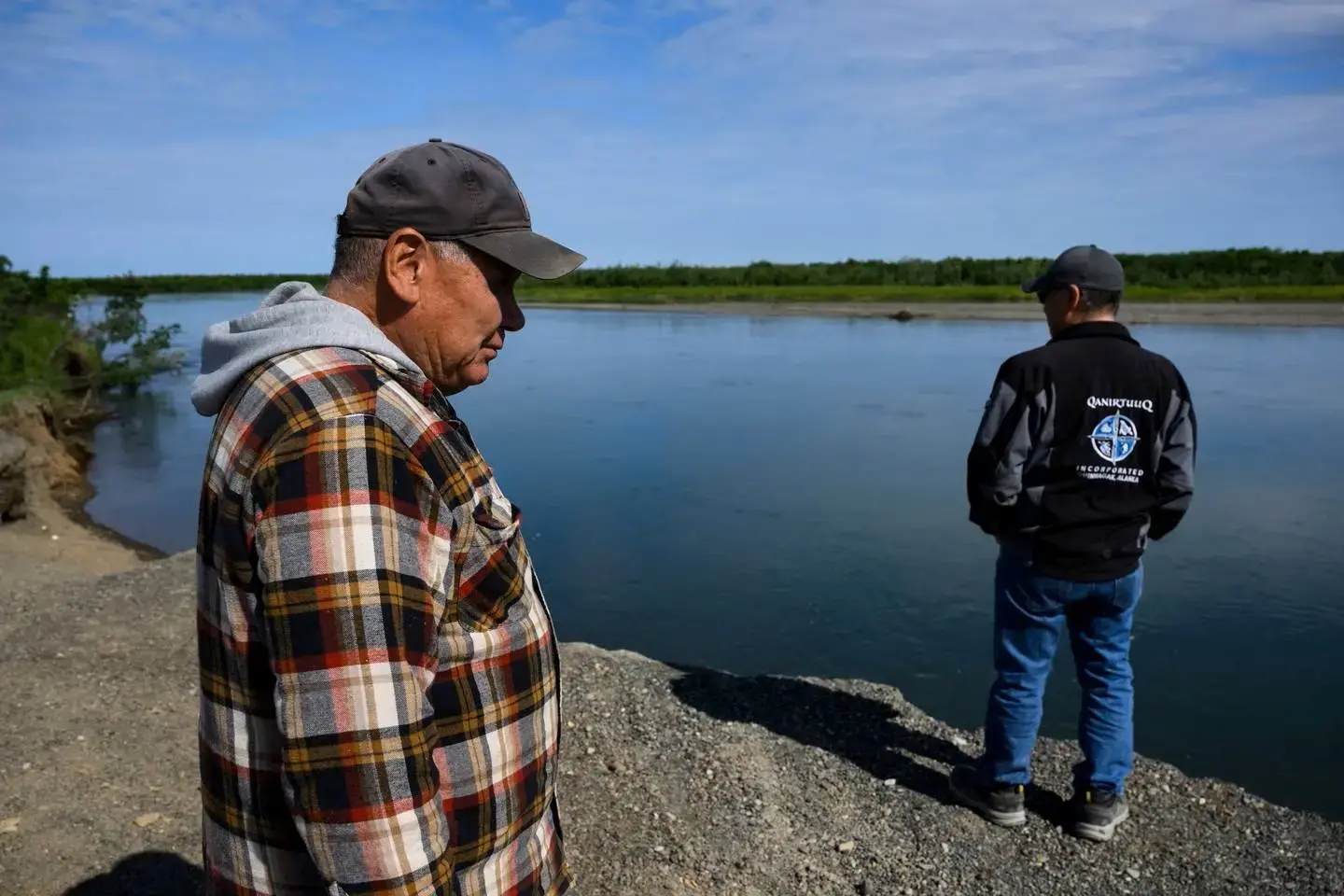
Village jobs
Today, Coastal Villages’ mechanic-welding shops represent its most visible on-the-ground presence in the region’s communities. They are relatively new buildings, each with an automotive shop, office space, meeting rooms and an internet-connected computer terminal open for anyone to use.
All 18 shops are staffed by a technician, as well as a community service representative who administers Coastal Villages assistance efforts in each town.
A central goal is servicing the equipment vital to subsistence. It’s one thing to help people buy new four-wheelers and outboard motors, but the benefits are limited if the machines sit idle because shipping them to Bethel or beyond for repairs is prohibitively expensive.
Repairs aren’t free. Customers pay the technicians for labor and parts. Or they rent shop space and do it themselves. During long winters, when it’s cold and mostly dark outside, the shops are bright and heated — far more comfortable for replacing spark plugs or a fan belt than in a front yard with a stiff subzero wind blowing.
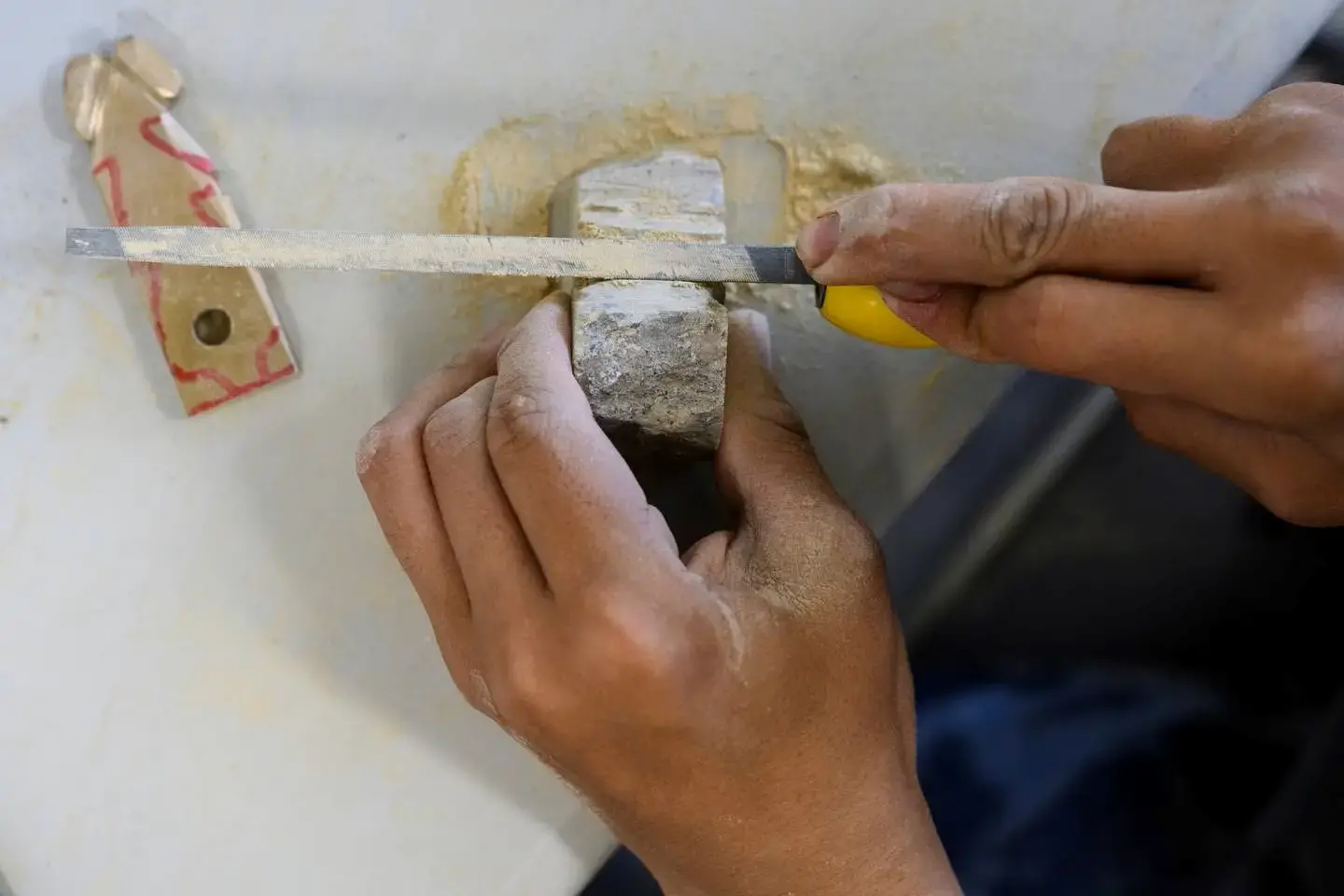
In Eek, the shop is also a gathering spot for teens, who earn $13 an hour in a Coastal Villages summer employment program called Youth to Work. They mend fishing nets, gather salmonberries, pick up trash and carve soapstone sculptures. The part-time summer job helped Jonathan Carter, one of this year’s four high school seniors, pay for a hunting rifle, a small plastic kayak and gas for a skiff he steers one-handed through the sloughs around Eek.
His task one morning in early August was fashioning a seal harpoon. He fitted a sharp, hand-filed brass point into a black wooden shaft as his Bluetooth speaker pumped out hip-hop. Two of his friends, sitting at a plastic folding table, worked on spears of their own.
“We leave the harpoons in the boat for when we need it,” Carter said, adding that one of the friends had used one to land a seal that summer.
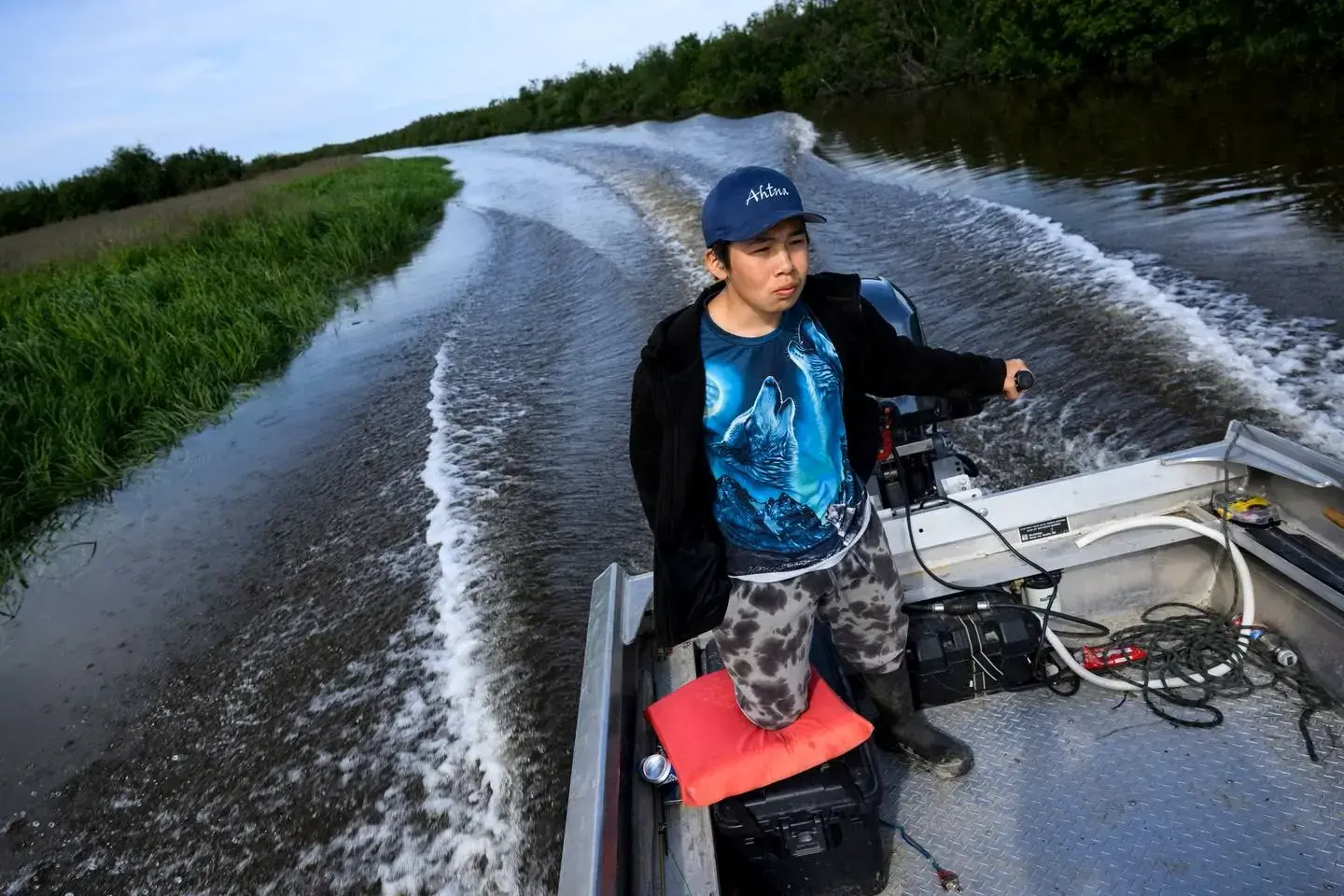
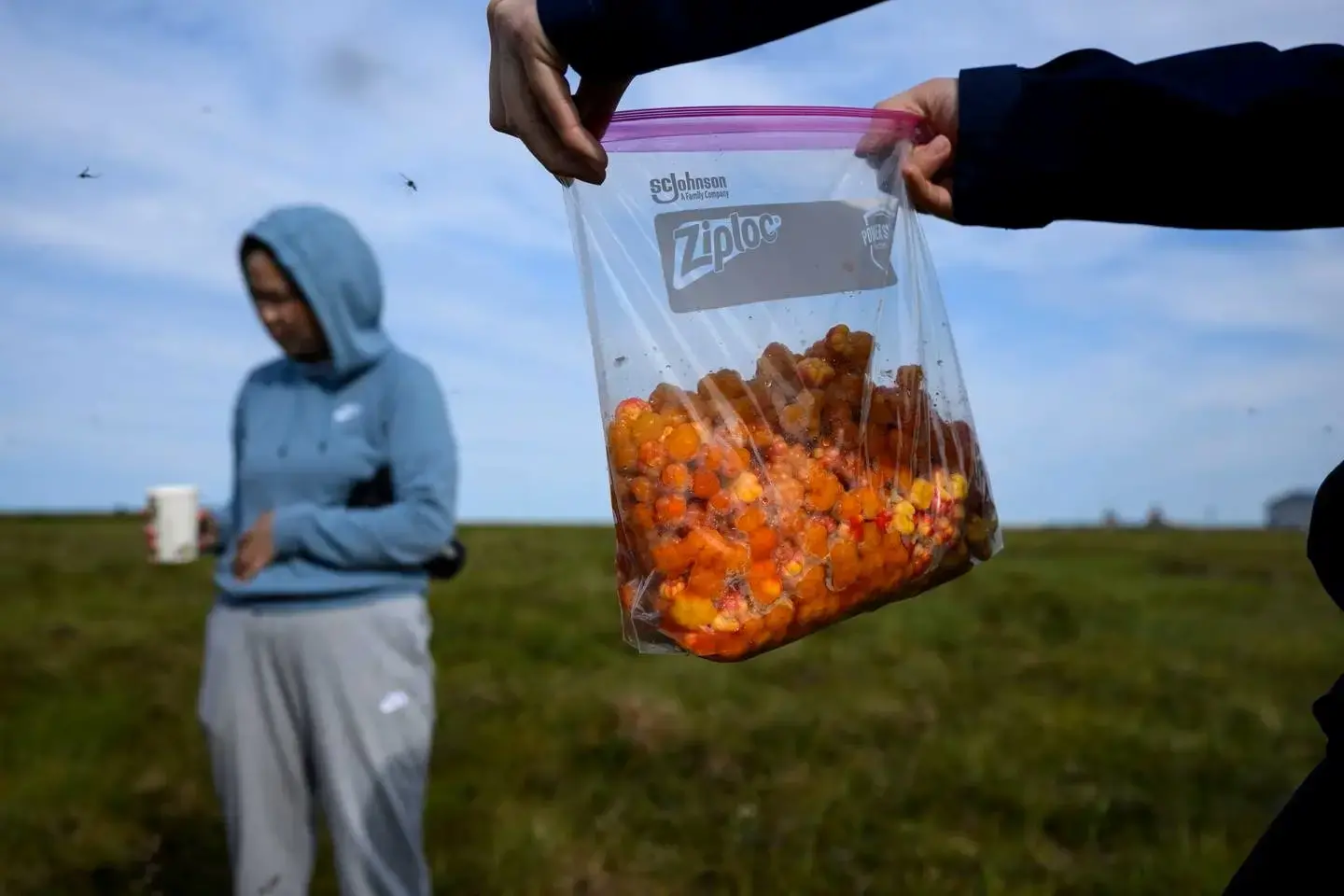
Coastal Villages has long had a scholarship fund to assist Kuskokwim students in pursuing higher education. It also offers some high schoolers field trips outside the region and sponsors a maritime training program that teaches navigation and other skills.
Many of the residents who go to college end up finding jobs outside of the Kuskokwim Delta, though some eventually move back to Bethel or their home communities to raise families. With increasingly reliable internet access, working remotely from rural Alaska is becoming a more viable option.
But a major obstacle to returning to the Delta is the lack of housing.
Eek has a desperate housing shortage, with many families not just overcrowded but living in dilapidated homes that need expensive repairs, said Heakin, the store manager.
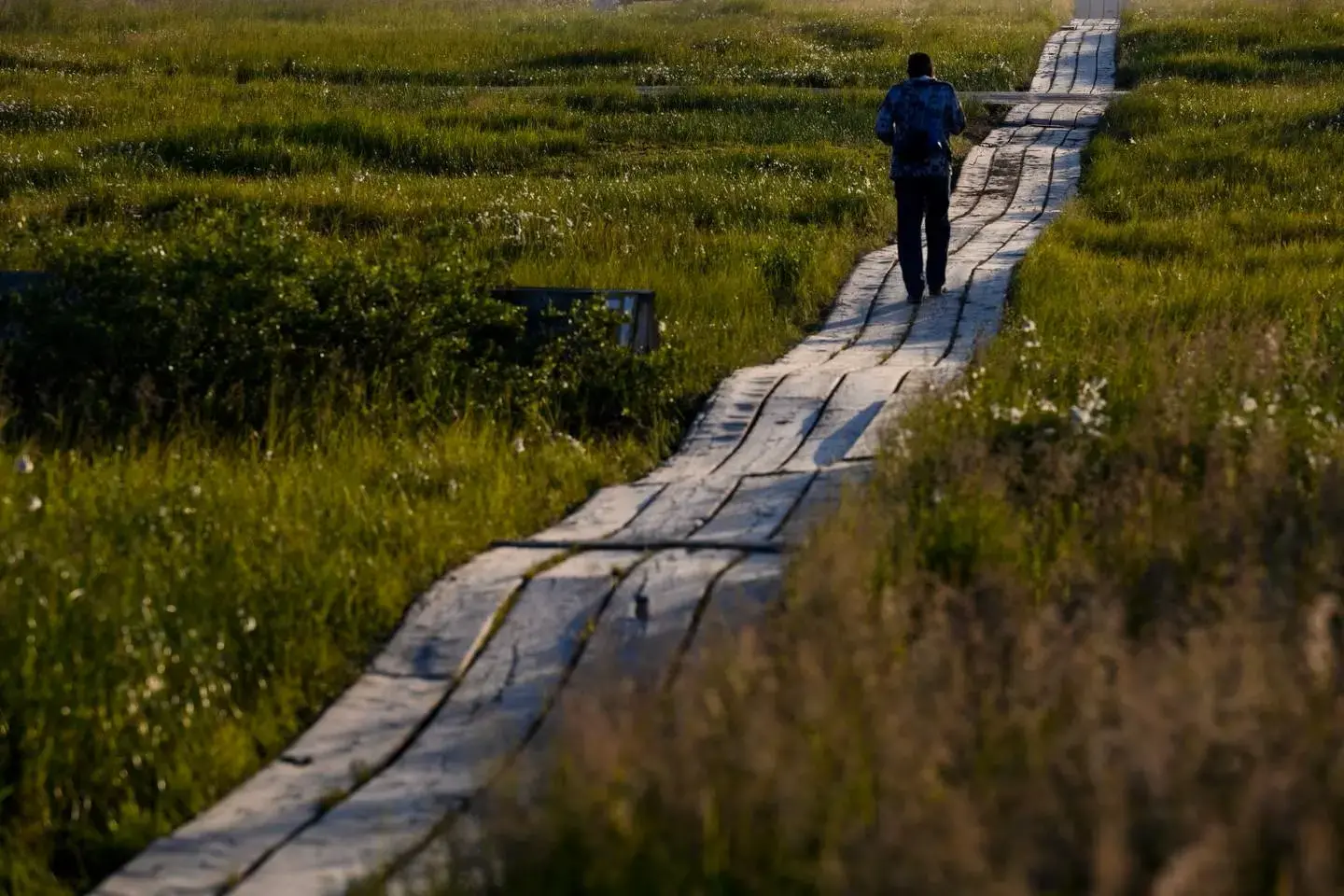
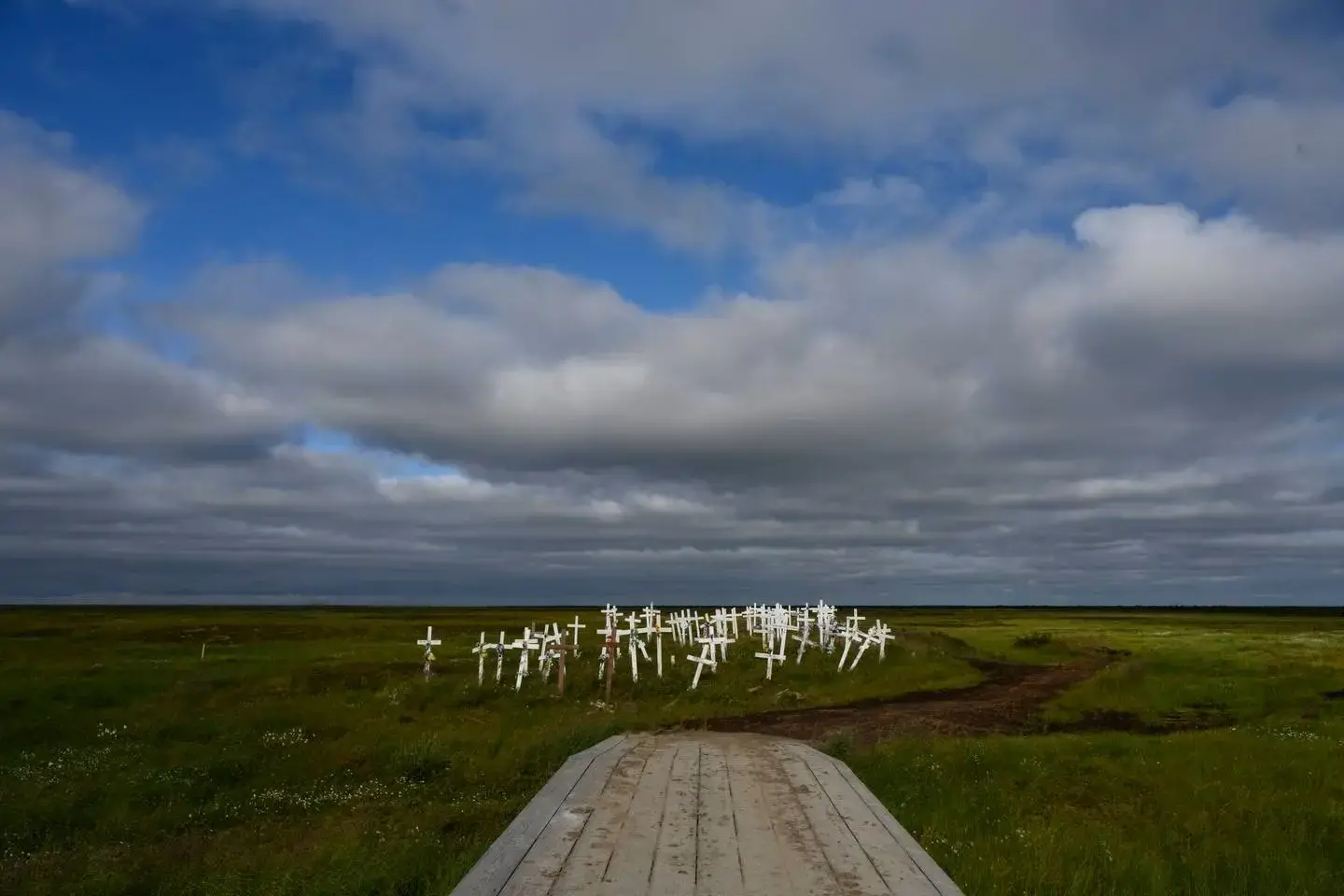
All around Quinhagak are buildings in a slow-motion state of collapse, the stilted pilings sinking deeper into the thawing earth, porches and roofs hovering at irregular angles. Much of the stock is decades old, with little new construction in recent years.
Coastal Villages has made a modest start. While it used to offer loans to help with housing, it now partners with tribal and federal agencies and is developing a template for helping with the home-buying process by guiding program participants through the survey and home-financing process. It’s also helping secure outside grants to level homes that have shifted over the decades.
But the needs are extensive, expensive and beyond the abilities of any one entity to fully solve.
“The housing situation gets tighter and tighter, and it’s really frustrating,” said Deakin, Coastal Villages’ chief executive.
A shuttered salmon plant
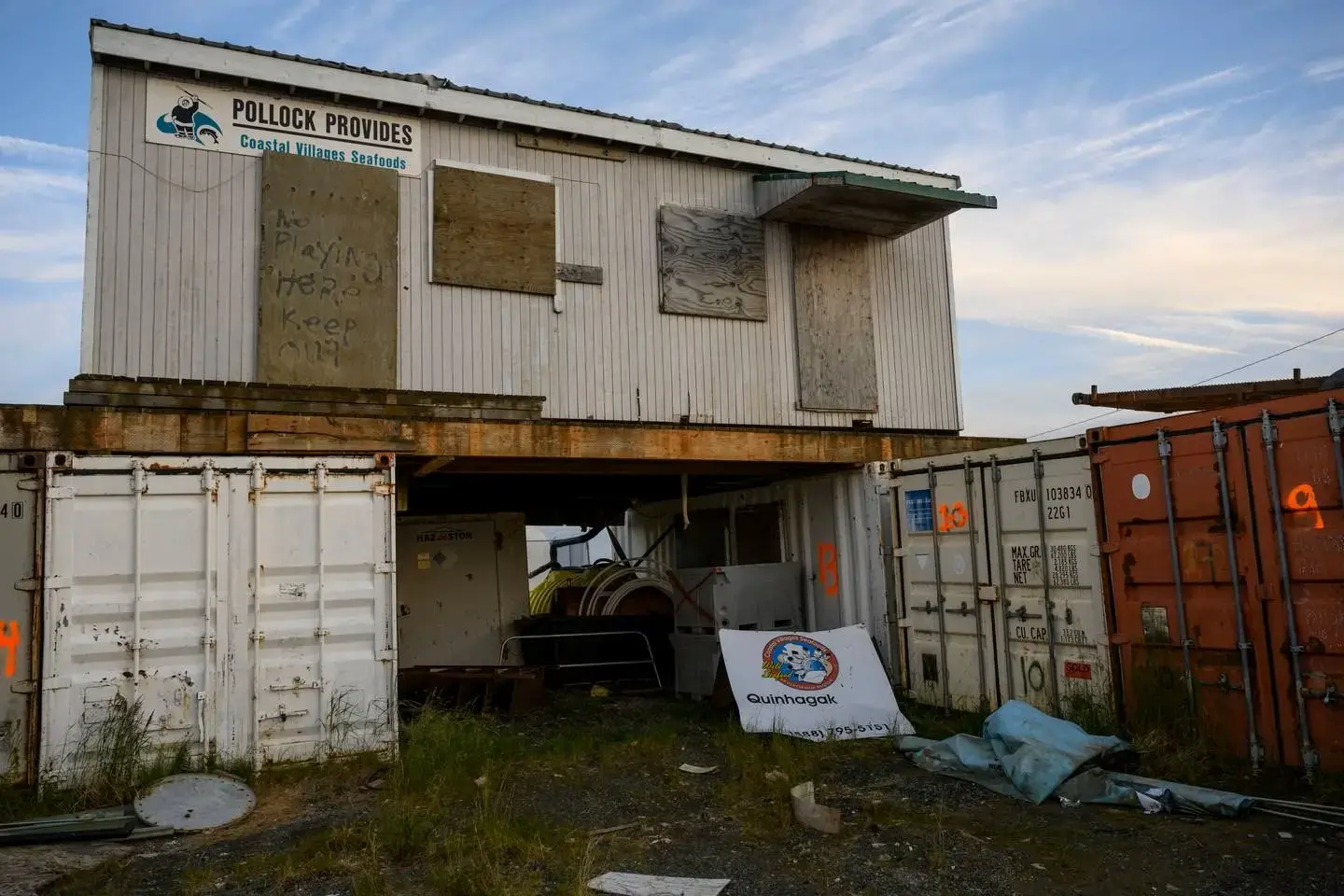
For the past seven years, the Coastal Villages salmon plant in Platinum has stayed shuttered.
In Quinhagak, the rusting remains of its old processing facility — sorting chutes, a cherry picker, refrigerated containers — are used primarily as a makeshift jungle gym by schoolchildren. A “Pollock Provides” sign is mounted on a trailer once used as an office for fish buying operations. The business’s name is partially covered by a plywood board put up to keep trespassers out.
Below the trailer is a jumble of old fish totes, big plastic cubes with the initials for Coastal Villages Seafoods written on the sides. When the place was humming, the totes were used to transport ice-packed salmon from the plant down the road and onto planes carrying them to market. Now, around town, the same totes sit outside front porches as repurposed garbage bins.
More fish returned to the region’s drainages this year than in recent summers, including over 700,000 sockeye that provided a big boost for the subsistence harvest. But once again, the Alaska Department of Fish and Game made the decision that salmon returns were not strong enough to allow a commercial harvest on the Kuskokwim.
Lou Adams, a 66-year-old resident of Platinum, spent the summer living in a wall tent her nephew helped erect for her near a shallow channel at the edge of Quinhagak.
Adams grew up in the region back when salmon runs were far stronger. In her youth, her father gave her a small motor and net so she could skipper her own commercial boat.
“I used to have fun. That was a long time ago, ‘cause I was still going to school, and I was earning my school money fishing with him,” Adams said.
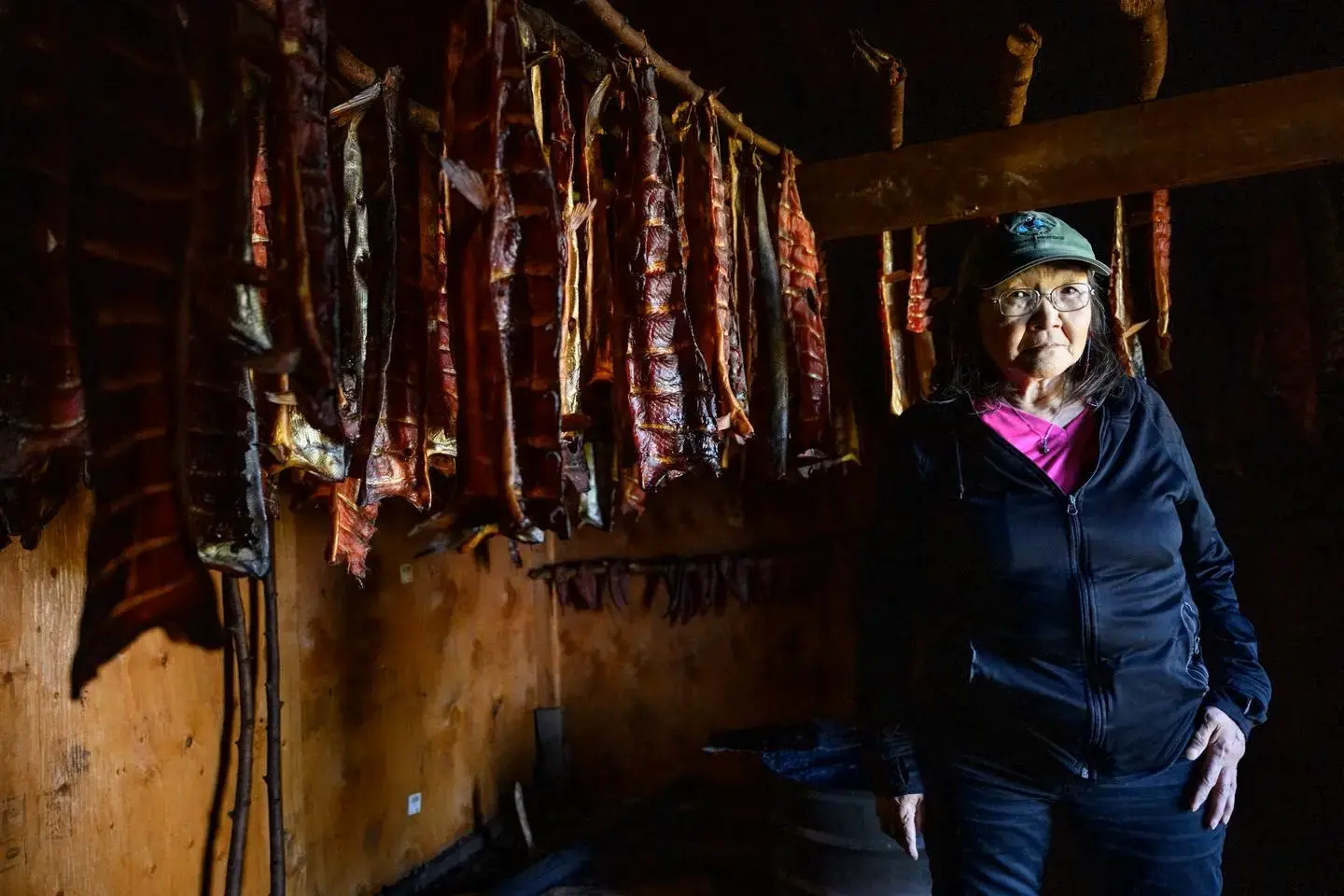
This year she suffered a knee injury and hobbled beside her three-legged dog, Coda, to check on 82 sockeye and chum hanging in her smokehouse. Before boating home to Platinum, she planned to can them atop a propane camping stove right outside her tent.
Adams’ son and daughter both live away, and with them her grandkids. Her daughter is out of state. Without a local fishing industry anymore, her son went to the road system.
“There’s no more commercial fishing, except in Bristol Bay. That’s why my son moved. He commercial fishes out of Kenai and lives in Anchorage,” Adams said.
Warren Jones is hopeful that the improved salmon runs will carry through to next year and allow for small commercial harvests. He wants to reopen a small processing plant in Quinhagak.
This time around, Jones said, he and others may look to Coastal Villages for financial support to get it up and running. But he wants the village corporation that he leads to run the operation.
“We’re trying to combine everything we’ve learned in the past, instead of depending on anybody,” Jones said.
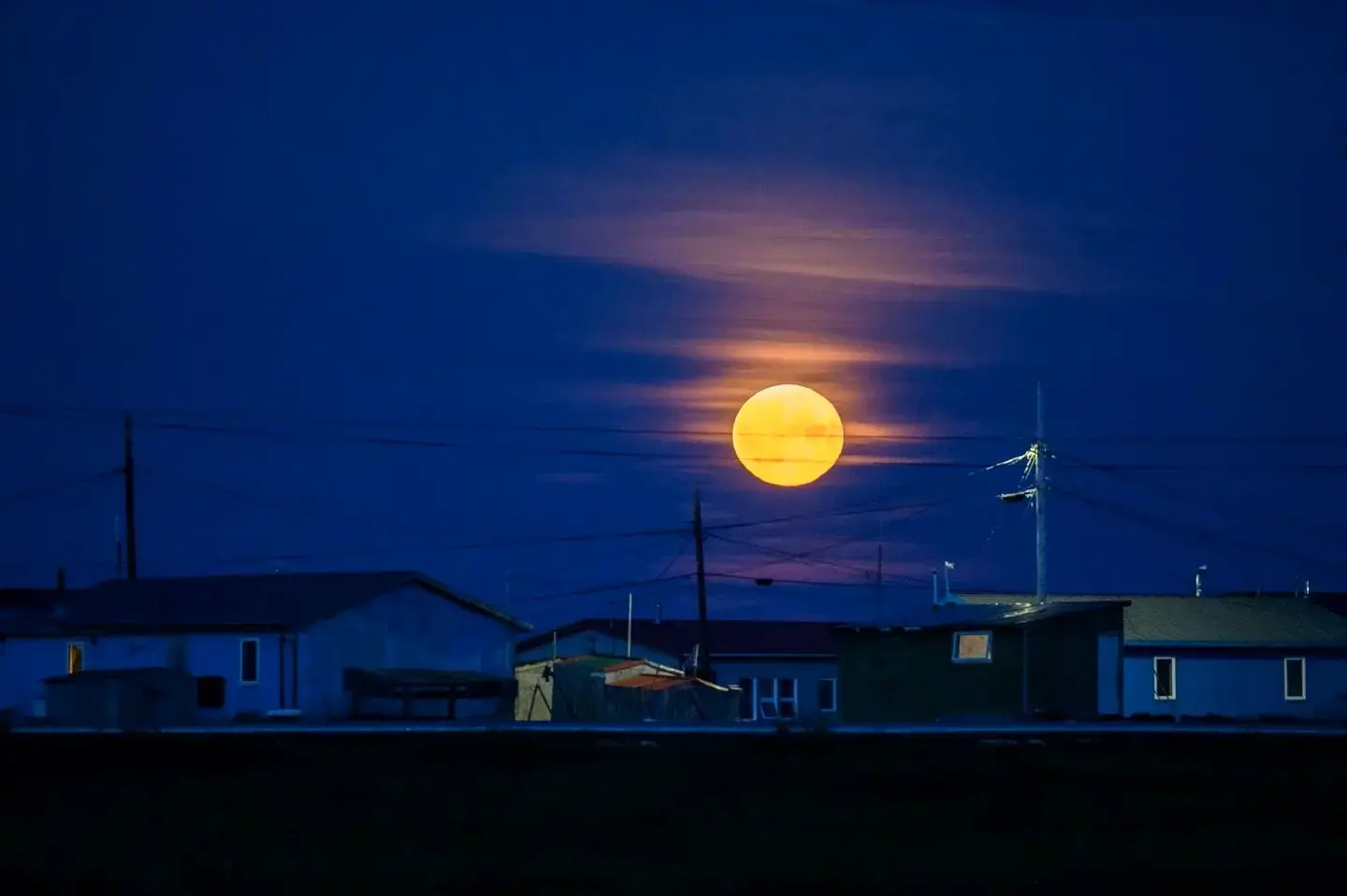
Journalist Hal Bernton contributed to this story.


